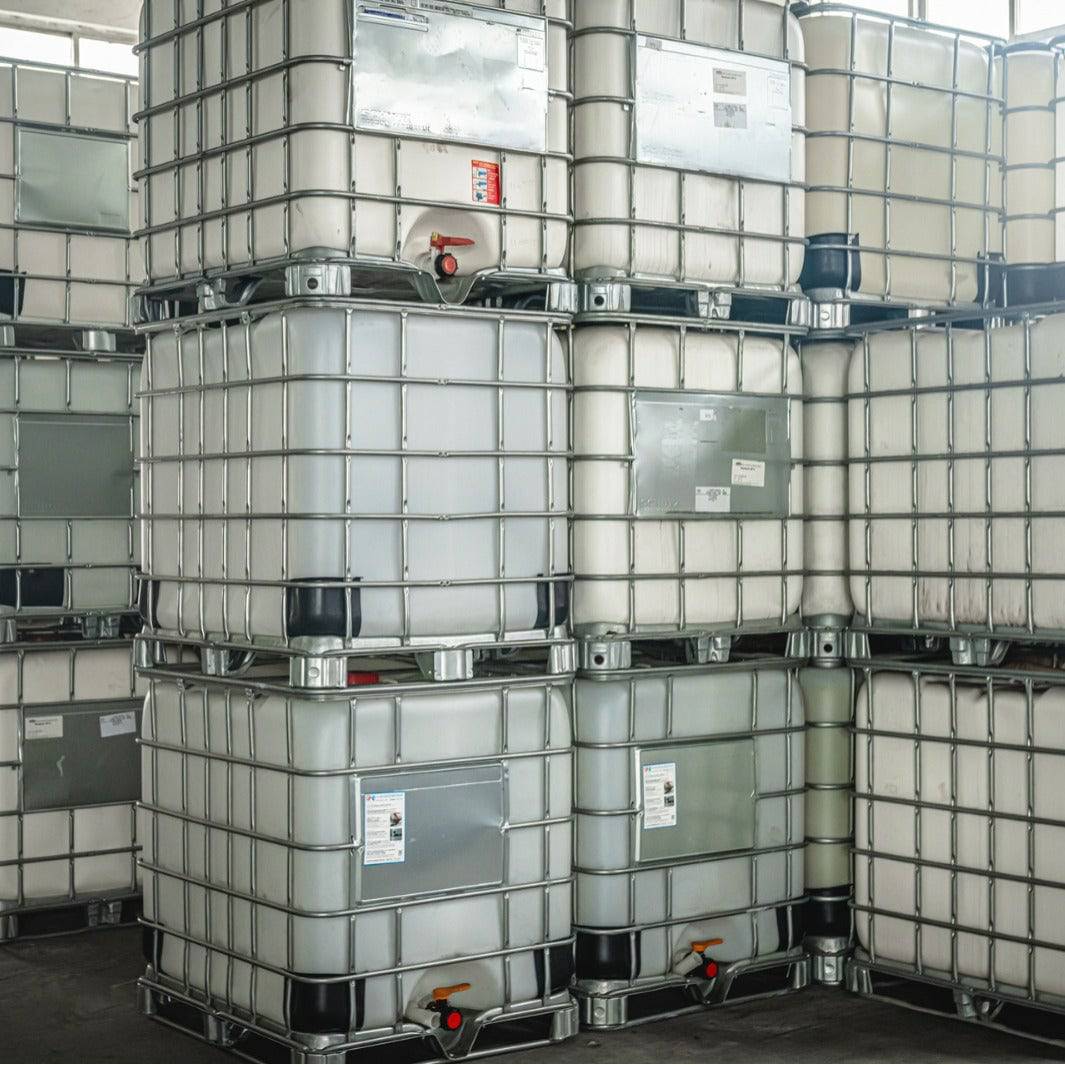Getting The Chemie To Work
Facts About Chemie Uncovered
Table of ContentsSome Known Questions About Chemie.A Biased View of ChemieNot known Details About Chemie About ChemieThe Ultimate Guide To ChemieChemie Fundamentals Explained
By Bojanna Shantheyanda, Sreya Dutta, Kevin Coscia and David SchiemerDynalene, Inc. Fluid air conditioning, which can be attained utilizing indirect or direct means, is used in electronics applications having thermal power thickness that may go beyond secure dissipation via air cooling. Indirect liquid cooling is where heat dissipating electronic components are literally divided from the fluid coolant, whereas in situation of direct air conditioning, the elements are in straight call with the coolant.In indirect air conditioning applications the electrical conductivity can be essential if there are leakages and/or spillage of the liquids onto the electronics. In the indirect air conditioning applications where water based liquids with corrosion preventions are normally used, the electric conductivity of the liquid coolant generally depends upon the ion focus in the liquid stream.
The increase in the ion concentration in a shut loophole liquid stream might occur as a result of ion leaching from steels and nonmetal elements that the coolant liquid touches with. Throughout operation, the electric conductivity of the fluid might boost to a level which can be dangerous for the cooling system.
Getting The Chemie To Work
(https://betteanderson.wixsite.com/my-site-1/post/revolutionizing-cooling-and-heating-solutions-with-chemie-s-dielectric-coolant)They are grain like polymers that can exchanging ions with ions in a solution that it touches with. In today work, ion leaching examinations were done with various steels and polymers in both ultrapure deionized (DI) water, i.e. water which is treated to the highest degrees of purity, and low electric conductive ethylene glycol/water mix, with the gauged modification in conductivity reported with time.
The samples were enabled to equilibrate at area temperature level for 2 days before videotaping the first electrical conductivity. In all examinations reported in this research liquid electrical conductivity was measured to an accuracy of 1% using an Oakton disadvantage 510/CON 6 series meter which was calibrated prior to each measurement.
Rumored Buzz on Chemie
from the wall heating coils to the facility of the heater. The PTFE example containers were placed in the heater when stable state temperature levels were gotten to. The examination setup was removed from the heater every 168 hours (7 days), cooled down to space temperature with the electrical conductivity of the fluid gauged.
The electrical conductivity of the fluid example was kept track of for an overall of 5000 hours (208 days). Number 2. Schematic of the indirect shut loophole cooling experiment set-up - meg glycol. Table 1. Elements made use of in the indirect shut loophole cooling down experiment that are in call with the liquid coolant. A schematic of the speculative setup is displayed in Figure 2.

How Chemie can Save You Time, Stress, and Money.
The modification in fluid electrical conductivity was monitored for look here 136 hours. The liquid from the system was accumulated and saved.

0.1 g of Dowex resin was contributed to 100g of liquid samples that was absorbed a different container. The mix was mixed and transform in the electrical conductivity at space temperature level was measured every hour. The determined adjustment in the electrical conductivity of the UP-H2O and EG-LC test liquids containing polymer or metal when engaged for 5,000 hours at 80C is revealed Number 3.
Chemie - Questions
Number 3. Ion seeping experiment: Measured modification in electrical conductivity of water and EG-LC coolants consisting of either polymer or steel samples when immersed for 5,000 hours at 80C. The outcomes show that metals added less ions right into the fluids than plastics in both UP-H2O and EG-LC based coolants. This might be as a result of a slim metal oxide layer which may act as a barrier to ion leaching and cationic diffusion.
Liquids consisting of polypropylene and HDPE displayed the most affordable electrical conductivity changes. This could be because of the short, inflexible, straight chains which are less most likely to contribute ions than longer branched chains with weaker intermolecular forces. Silicone additionally executed well in both test fluids, as polysiloxanes are generally chemically inert because of the high bond power of the silicon-oxygen bond which would avoid degradation of the material into the liquid.
Chemie Fundamentals Explained
It would certainly be expected that PVC would create comparable outcomes to those of PTFE and HDPE based on the similar chemical frameworks of the products, nevertheless there might be various other pollutants existing in the PVC, such as plasticizers, that might affect the electrical conductivity of the liquid - inhibited antifreeze. Additionally, chloride groups in PVC can additionally seep into the test fluid and can trigger a rise in electrical conductivity
Polyurethane entirely disintegrated into the test fluid by the end of 5000 hour test. Before and after pictures of metal and polymer samples immersed for 5,000 hours at 80C in the ion leaching experiment.
Calculated adjustment in the electric conductivity of UP-H2O coolant as a feature of time with and without material cartridge in the closed indirect cooling loop experiment. The determined modification in electrical conductivity of the UP-H2O for 136 hours with and without ion exchange resin in the loop is displayed in Number 5.